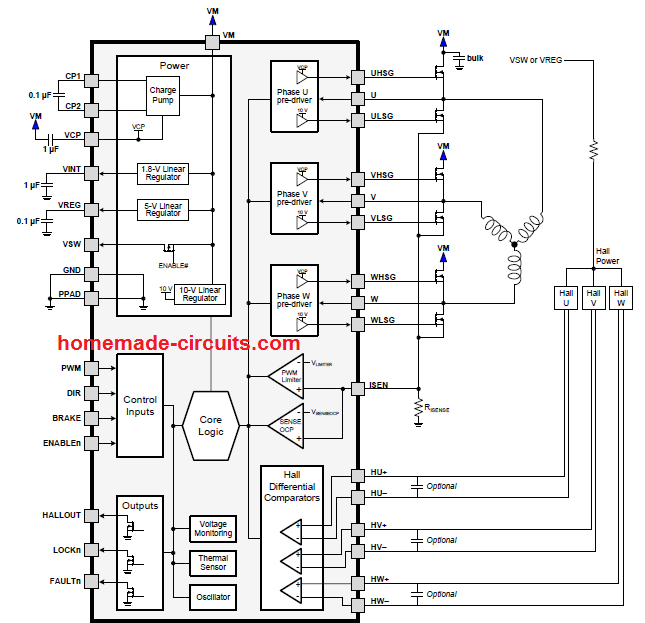In this post I have explained a few important parameters related to the making of a 48V 3KW electric vehicle using solar panel, including a full fledged circuit diagram for the same. The idea was requested by Mr. Sreejith.
Circuit Objectives and Requirements
I am Sreejith Rajan a b.tech student doing a project on electric vehicle as the course project. In my project total load the electric motor has to drive is taken as 900kg including passengers.
So for that a 48V 3kW bldc motor is chosen and the total load current requirement for 5 hours of operation is 400Ah. I have some questions which are as shown below:
1) Does four 48V 100Ah Li battery connected in parallel meet requirement? Is there any other alternative methods? (to reduce the cost and meet this requirements)(How should I select the batteries?)
2) The batteries should be charged by both solar and grid charging. I have got a circuit (Arduino controlled) for charging 12V battery using solar only.
What changes should be made to that circuit for charging 48V batteries?
3) How to add a rectifier circuit with this solar charging circuit so that I can charge the battery using grid power also. (230V AC supply)
4) Is making both circuit in one charge controller possible?
48V 3kW Electric Vehicle Design
1) A 3kW motor could draw as high as 3000/48 = 62 amps at full load. Therefore to run the motor continuously at this rate would require a battery capable of supplying around 60 amps continuosly for at least 5 hours. Which implies that the battery would need to be rated at approximately 60 x 5 = 300AH if it's a Li-ion battery.
In case a Lead acid battery is employed, the rating would need to be much higher at around 60 x 5 x 10 = 3000AH, because a lead acid battery is ideally recommended to be discharged at 1/10th of its AH rating.
Thus if a Li-ion Battery is used for the purpose, 4 fully charged batteries rated at 100AH each in parallel would be sufficient and quite capable of doing the job efficiently.
2) A 12V charger cannot be used for charging a 48V battery, and a 12V solar panel is neither recommended for the application.
The correct method would be to use a 60V solar panel for charging a 48V battery, rated at minimum 30 amps, and same may be employed for the grid based charger specs.
3) A simple 50 amp diode connected with the positives of the two charger counterparts would be enough to isolate the two sources from each other yet charge the battery in tandem with a common positive from their cathodes.
4) Yes it is possible, the solar panel could be exploited thoroughly while the vehicle is ued in open sunshine, this would enable a slow discharge for the battery and also allow quick charging while the vehicle is idle and not operational.
The complete circuit diagram for the proposed 48V 3kW solar electric vehicle can be witnessed in the following diagram:

The details of the various pinout functions of the above design can be learned from the following pdf link as presented by TEXAS INSTRUMENTS
https://www.ti.com/lit/ds/symlink/drv8307.pdf?ts=1634813955931